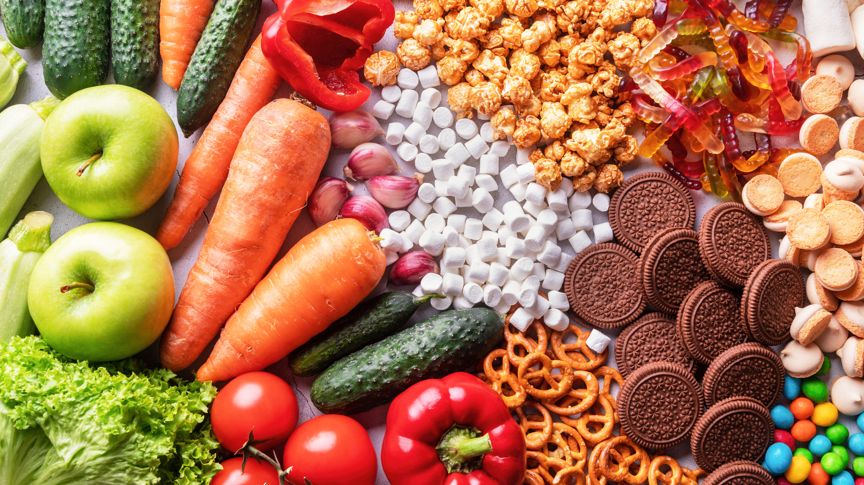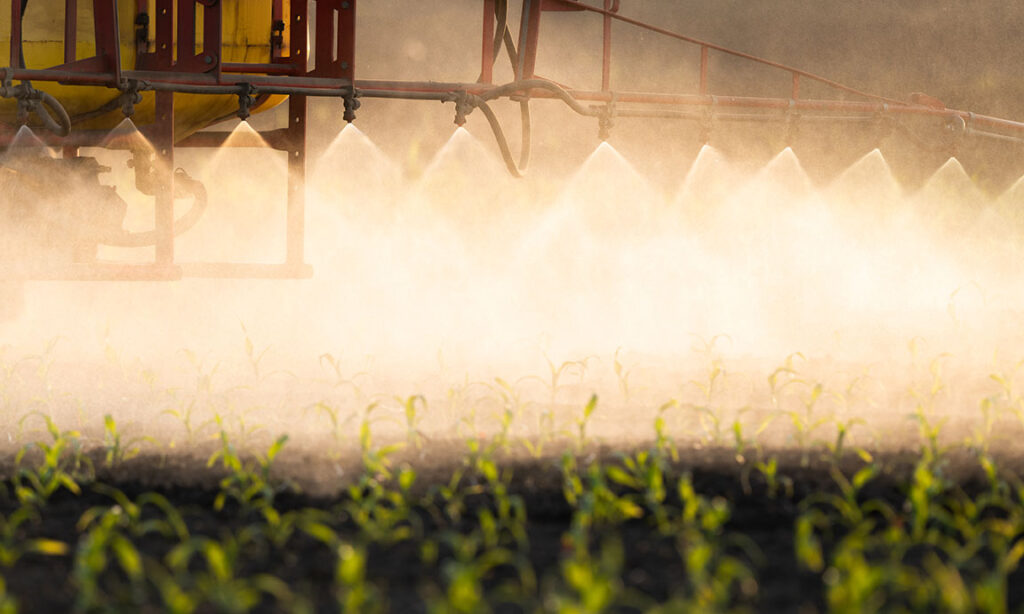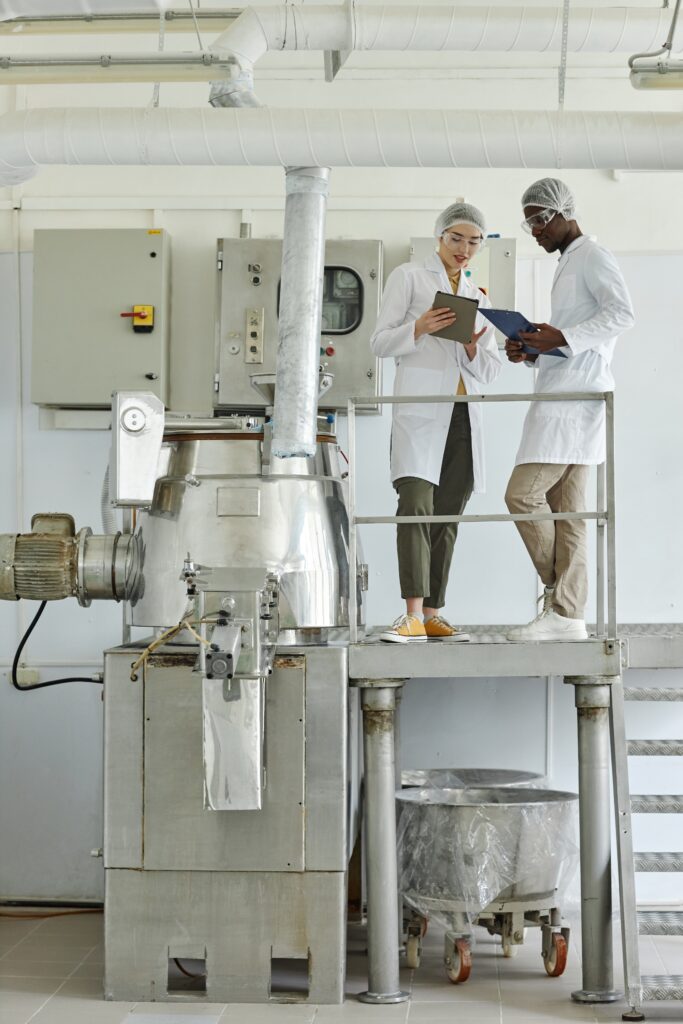 Article
Article 
West Virginia Bans 7 Artificial Dyes as Other States Consider Similar Measures
By Julie Holt, Director, Global Advisory Services FoodChain ID experts in Regulatory and Scientific Consulting offer global guidance to meet the evolving demands of the food and beverage marketplace. On March 24, […]
 Webinar
Webinar 
Streamlining Packaging and Packaging Waste Regulation (PPWR) Compliance
The Packaging and Packaging Waste Regulation (PPWR) introduces new compliance challenges, with evolving requirements that businesses must navigate. This webinar explores the specific areas of PPWR that FoodChain ID’s solutions […]
 Article
Article 
A Regulatory Perspective on the U.S. Food & Drug Administration Approval and Subsequent Ban of FD&C Red No. 3 as a Colorant
By Julie Holt, Director, Global Advisory Services Introduction The United States Food & Drug Administration (FDA) approved FD&C Red No. 3, a petroleum-based food dye, for use in foods in […]
 Article
Article 
United States’ HHS Secretary Delivers Ultimatum on Artificial Food Dyes
By Julie Holt, Director, Global Advisory Services U.S. Health and Human Services (HHS) Secretary Robert F. Kennedy Jr. issued a bold ultimatum to some of the world’s largest food and […]
 Article
Article 
Organic Foods and Labeling: Worldwide Standards Support Consumer Trust
FoodChain ID provides third-party, global certification for organic standards, including the USDA National Organic Program, EU Organic and other worldwide organic certifications through Bioagricert, a FoodChain ID company. Gul Basak […]
 Article
Article 
U. S. GRAS Rulemaking Under Review
FoodChain ID experts in Regulatory and Scientific Consulting offer global guidance to meet the evolving demands of the food and beverage marketplace. United States Health and Human Services (HHS) Secretary […]
 Webinar
Webinar 
Ensure Food Safety with Compliant and Innovative Packaging
Packaging plays a crucial role in food safety, from preventing contamination to meeting regulatory requirements. In this webinar, Joanna Griffiths explores packaging innovations, the new BRCGS Packaging Standard, and practical […]
 Article
Article 
US Sustainability Regulations: Extended Producer Responsibility is Full Speed Ahead
By Matt Parker, Food Contact Subject Matter Expert For expert-guided services and technology to help brands and manufacturers meet market demands for sustainable packaging, FoodChain ID is ready to help. […]





